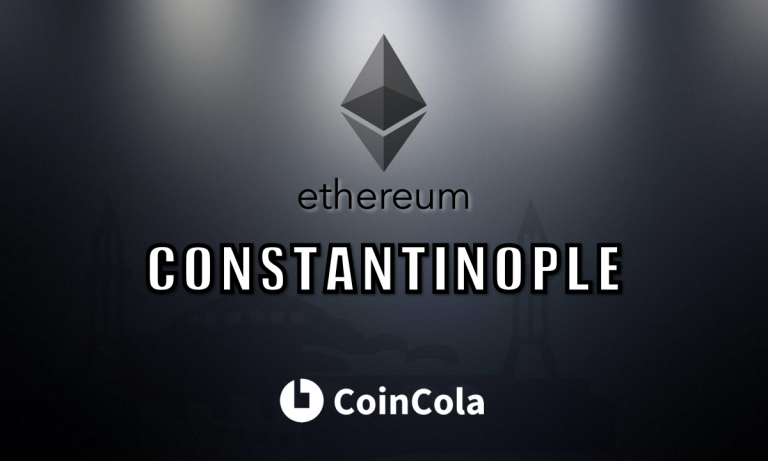Three Generations of Cryptos You Should Know
Bitcoin – blockchain 1.0
The first cryptocurrency in the world was Bitcoin, so today it is called also blockchain 1.0.
The Bitcoin network was launched in 2009 and for several years remained virtually unknown to the whole world. The goal of the Bitcoin creators, hiding under the pseudonym Satoshi Nakamoto, was to save people around the world from having to use the financial services and trust financial intermediaries and institutions, such as banks, investment and pension funds, payment systems and even issuers of national currencies.
Bitcoin users can send funds to each other without intermediaries and without controlling authorities who have the right to cancel the transaction or require confirmation of the origin of funds (KYC/AML procedures). Even the transfer of a billion dollars’ worth will take several minutes and will cost only a few dozen cents and will be absolutely safe. At the same time, no one will ask any questions about such transactions or put any demands – this was indeed a revolution in the value transfers. Today, the overwhelming majority of people who use cryptocurrencies have the confidence that Bitcoin is here for a very long time if not forever.
It does not matter how many fast new blockchains will appear, Bitcoin will always remain the first, most reliable and most popular. However, Bitcoin has its drawbacks: depending on the Bitcoin network load and mempool size, the cost of transactions sometimes reached tens of dollars, and confirmation time – up to several hours. And now there are blockchains 2.0 – 3.0 that perform transactions in seconds with commissions less than a cent. Therefore, before the wide implementation of the Lightning Network or another level 2 solution, Bitcoin is not advisable to use for micropayments. You can pay for a cup of coffee with Bitcoin right now, but it will not be a strait on-chain solution: you have to agree that during the half hour of the transaction confirmation the coffee will cool down. However, Bitcoin plays its role as a store of value ideally right now.
Ethereum – blockchain 2.0
Many Bitcoin forks appeared over time. They tried to improve the performance of the Bitcoin network somehow, but in general, they were very similar blockchains. The breakthrough came in 2015 with the launch of the Ethereum network, which was later called blockchain 2.0. The founder of Ethereum was Vitalik Buterin, a longtime fan of Bitcoin and co-founder of Bitcoin Magazine. Ethereum network according to the creator was supposed to be the world’s supercomputer. Using the concept of smart contracts implemented in Ethereum, anyone can create and run a decentralized application (dApp) that is accessible to people all over the world.
Ethereum’s position is unshakable today: in terms of market capitalization, ETH has held second place for a long time, and in terms of the number and devotion of developers, Ethereum is far ahead of all other cryptocurrencies including Bitcoin. But the strength of Ethereum causes its weakness: it is very difficult to make major changes to the already existing huge network which worse tens of billions of dollars. Therefore, Ethereum users have been waiting for the implementation of Plasma (sidechains for scalability), Casper (transition from the Proof-of-Work to an environmentally friendly Proof-of-Stake) and Sharding (to increase Ethereum network speed) for couple years.
EOS- blockchain 3.0
Many blockchain projects are trying to develop a solution that does not have the flaws of Ethereum. Such fast blockchains with smart contracts are called blockchain 3.0. EOS is the most popular and valuable blockchain 3.0 for today. EOS departed from the reliable but slow Proof-of-Work (PoW) consensus algorithm and uses a significantly faster Delegated Proof-of-Stake (DPoS). This makes the EOS network less reliable, but the high speed of transactions opens up inaccessible for Ethereum and especially Bitcoin capabilities. For example, the development of gaming or gambling decentralized applications. To verify the EOS’s success you can simply open the Dapps statistics and see that half of the TOP-10 dApps by the number of users and transactions were developed using the EOS platform.
How to buy and sell Bitcoin, Ethereum and EOS at CoinCola.com
Buying Bitcoin, Ethereum or EOS is very simple at the CoinCola platform. All you need to do is register at CoinCola.com, and your Bitcoin, Ethereum and EOS wallets will be created automatically. You do not need to store private keys and understand the nuances of each blockchain. You can purchase any of these cryptocurrencies using the CoinCola OTC platform with a uniquely low fee for your local fiat currency (USD, EUR, GBP, CNY, JPY, etc), Alipay, WeChat pay, PayPal, MoneyGram, Western Union, Kakao Pay, Payeer or even Gift Cards. You can also trade in Bitcoin, Ethereum and EOS on CoinCola exchange. There are OTC wallet and exchange wallet for every currency on CoinCola.
For people who are used to always have the opportunity to make decisions quickly, CoinCola gives you the possibility to work not only through the web interface but also using a mobile application (iOS, Android), through which you can make a deal or complete a transaction at any time from any place. Please remember that cryptocurrency transactions require increased attention because even Satoshi Nakamoto or Vitalik Buterin will not be able to help if you send funds to the wrong address or fraudster address. And also make sure to increase the security of your CoinCola.com account using two-factor authentication (2FA).
BONUS: Trading Bitcoin on CoinCola and Get 0.0001BTC Instantly.





